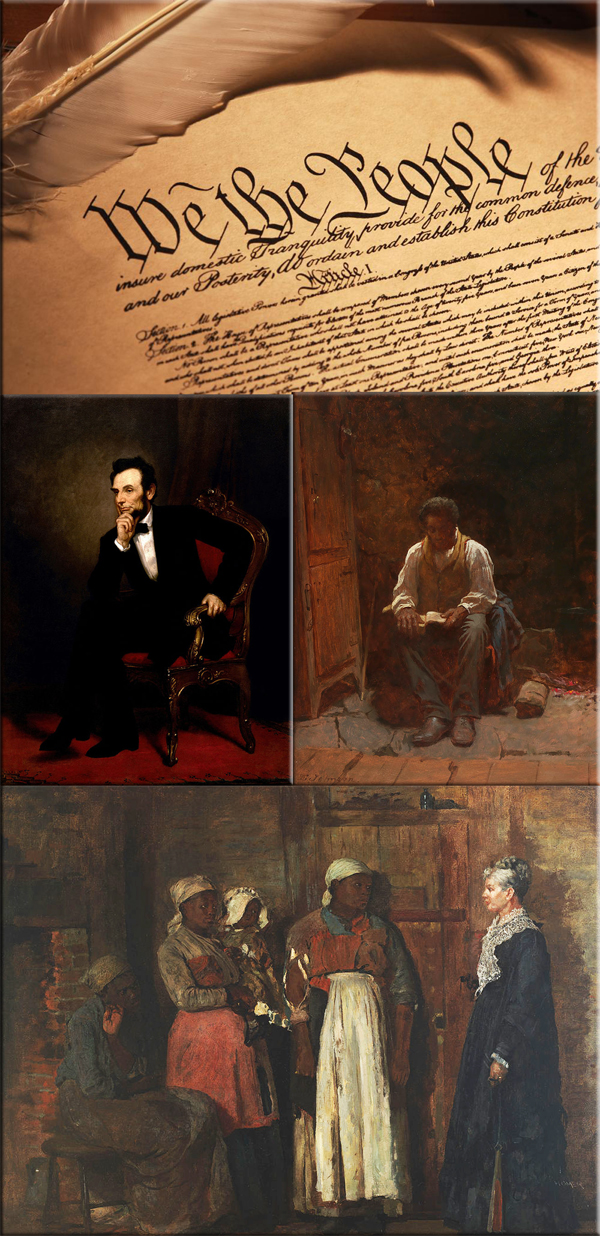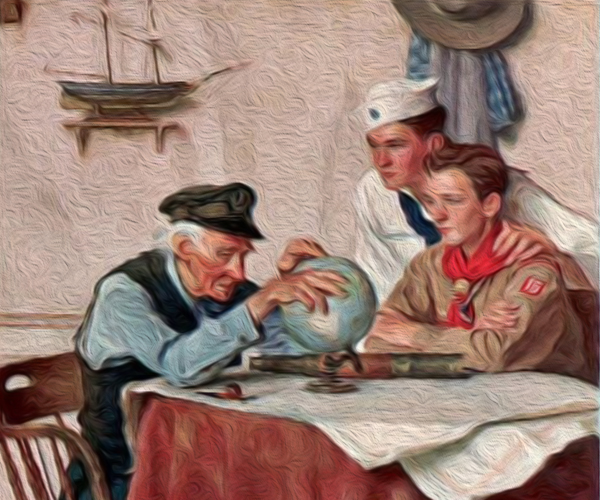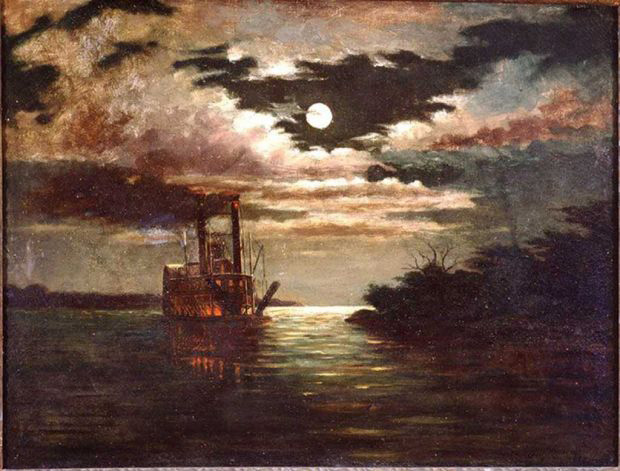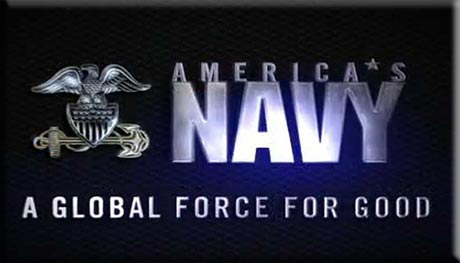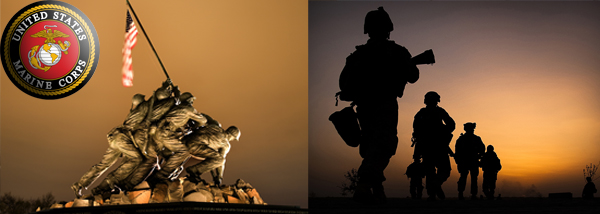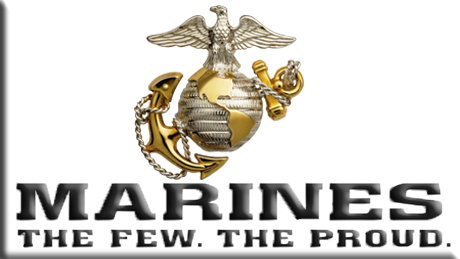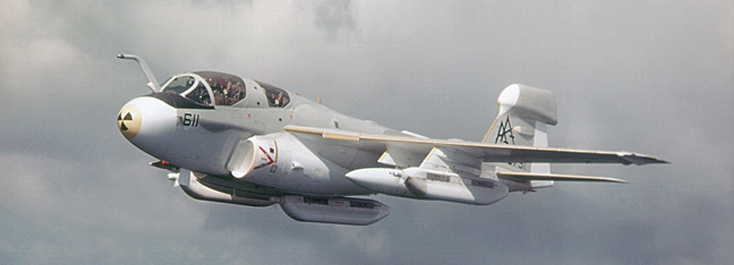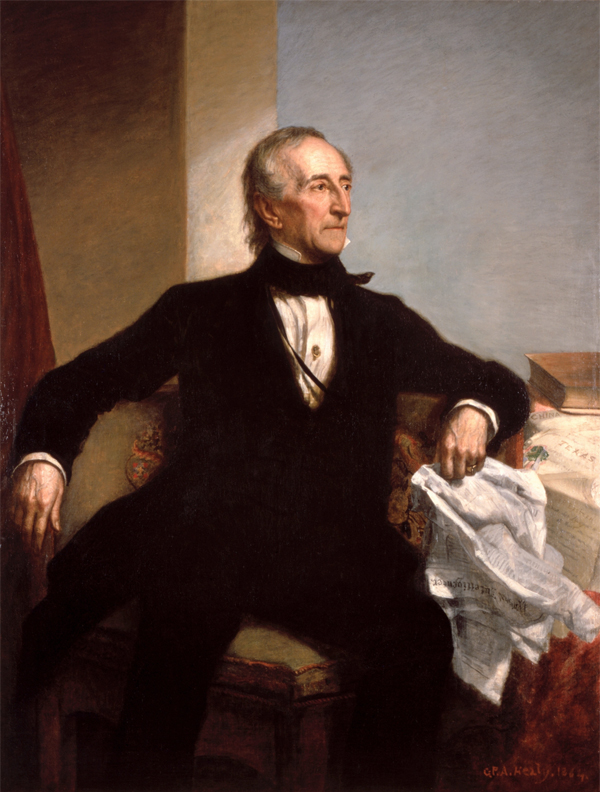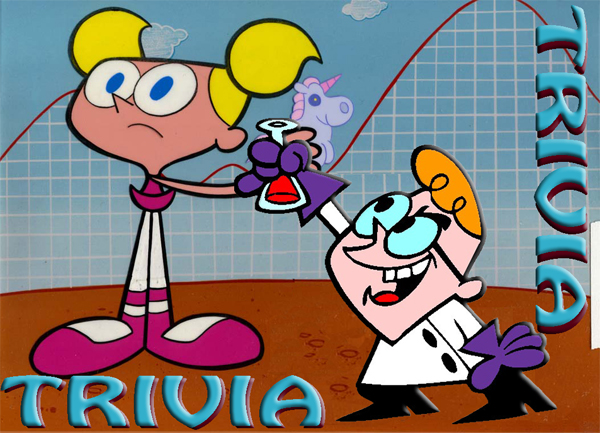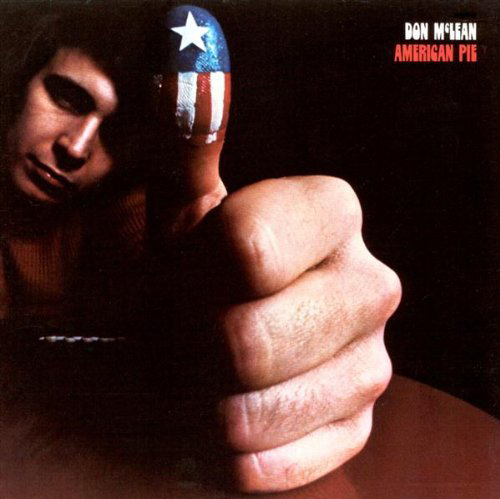
“American Pie” - Don McLean
Album: American Pie
Released 1971 
According to McLean (as posted on his website), this song was originally inspired by the death of Buddy Holly. “The Day The Music Died” is February 3, 1959, when Holly, Ritchie Valens, and The Big Bopper were killed in a plane crash after a concert. McLean wrote the song from his memories of the event (“Dedicated to Buddy Holly” was printed on the back of the album cover).
The Beatles Sgt. Pepper  album was also a huge influence, and McLean has said in numerous interviews that the song represented the turn from innocence of the '50s to the darker, more volatile times of the '60s - both in music and politics.
album was also a huge influence, and McLean has said in numerous interviews that the song represented the turn from innocence of the '50s to the darker, more volatile times of the '60s - both in music and politics.
McLean was a 13-year-old paperboy in New Rochelle, New York when Holly died. He learned about the plane crash when he cut into his stack of papers and saw the lead story.
Talking about how he composed this song when he was a guest on the UK show Songbook, McLean explained: “For some reason I wanted to write a big song about America and about politics, but I wanted to do it in a different way. As I was fiddling around, I started singing this thing about the Buddy Holly crash, the thing that came out (singing), 'Long, long time ago, I can still remember how that music used to make me smile.
I thought, Whoa, what's that? And then the day the music died, it just came out. And I said, Oh, that is such a great idea. And so that's all I had. And then I thought, I can't have another slow song on this record. I've got to speed this up. I came up with this chorus, crazy chorus. And then one time about a month later I just woke up and wrote the other five verses. Because I realized what it was, I knew what I had. And basically, all I had to do was speed up the slow verse with the chorus and then slow down the last verse so it was like the first verse, and then tell the story, which was a dream. It is from all these fantasies, all these memories that I made personal. Buddy Holly's death to me was a personal tragedy. As a child, a 15-year-old, I had no idea that nobody else felt that way much. I mean, I went to school and mentioned it and they said, 'So what?' So I carried this yearning and longing, if you will, this weird sadness that would overtake me when I would look at this album, The Buddy Holly Story, because that was my last Buddy record before he passed away.”
This song made the 26-year-old McLean very famous very quickly, which was difficult for the songwriter. McLean was prone to depression, losing his father at age 15 and dealing with a bad marriage when recording the album. So when the song hit, it thrust him into the spotlight and took the focus away from the body of his work. In a 1973 interview with NME, he explained: “I was headed on a certain course, and the success I got with 'American Pie' really threw me off. It just shattered my lifestyle and made me quite neurotic and extremely petulant. I was really prickly for a long time. If the things you're doing aren't increasing your energy and awareness and clarity and enjoyment, then you feel as though you're moving blindly. That's what happened to me. I seemed to be in a place where nothing felt like anything, and nothing meant anything. Literally nothing mattered. It was very hard for me to wake up in the morning and decide why it was I wanted to get up.”
Contrary to rumors, the plane that crashed was not named the “American Pie” - Dwyer's Flying Service did not name their planes. McLean made up the name.
McLean admits that this song is about Buddy Holly, but has never said what the lyrics are about, preferring to let listeners interpret them on their own.
“The Jester” is probably Bob Dylan. It refers to him wearing “A coat he borrowed from James Dean”, and being “On the sidelines in a cast.” Dylan wore a red jacket similar to James Dean's on the cover of The Freewheeling Bob Dylan, and got in a motorcycle accident in 1966 which put him out of service for most of that year. Dylan also made frequent use of jokers, jesters or clowns in his lyrics. The line, “And a voice that came from you and me” could refer to the folk style he sings, and the line, “And while the king was looking down the jester stole his thorny crown” could be about how Dylan took Elvis Presley's place as the number one performer.
The line “Eight miles high and falling fast” is likely a reference to The Byrds' hit “Eight Miles High”  . Regarding the line, “The birds (Byrds) flew off from a fallout shelter”, a fallout shelter is a '60s term for a drug rehabilitation facility, which one of the band members of The Byrds checked into after being caught with drugs.
. Regarding the line, “The birds (Byrds) flew off from a fallout shelter”, a fallout shelter is a '60s term for a drug rehabilitation facility, which one of the band members of The Byrds checked into after being caught with drugs.
The section with the line “The flames climbed high into the night” is probably about the Altamont Speedway concert in 1969. While the Rolling Stones were playing, a fan was stabbed to death by a member of The Hell's Angels who was hired for security.
The line “Sergeants played a marching tune” is likely a reference to The Beatles' album Sgt. Pepper's Lonely Hearts Club Band.
The line “I met a girl who sang the blues and I asked her for some happy news, but she just smiled and turned away” is probably about Janis Joplin. She died of a drug overdose in 1970.
The lyric “And while Lenin/Lennon read a book on Marx” has been interpreted different ways. Some view it as a reference to Vladimir Lenin, the communist dictator who led the Russian Revolution in 1917 and who built the USSR, which was later ruled by Josef Stalin. The “Marx” referred to here would be the socialist philosopher Karl Marx. Others believe it is about John Lennon, whose songs often reflected a very communistic theology (particularly “Imagine”). Some have even suggested that in the latter case, “Marx” is actually Groucho Marx, another cynical entertainer who was suspected of being a socialist, and whose wordplay was often similar to Lennon's lyrics.
“Did you write the book of love” is probably a reference to the 1958 hit “ Book of Love”  by The Monotones. The chorus for that song is “Who wrote the book of love? Tell me, tell me... I wonder, wonder who” etc. One of the lines asks, “Was it someone from above?” Don McLean was a practicing Catholic, and believed in the depravity of '60s music, hence the closing lyric: “The Father, Son, and the Holy Ghost, they caught the last train for the coast, the day the music died.” Some, have postulated that in this line, the Trinity represents Buddy Holly, Ritchie Valens, and the Big Bopper.
by The Monotones. The chorus for that song is “Who wrote the book of love? Tell me, tell me... I wonder, wonder who” etc. One of the lines asks, “Was it someone from above?” Don McLean was a practicing Catholic, and believed in the depravity of '60s music, hence the closing lyric: “The Father, Son, and the Holy Ghost, they caught the last train for the coast, the day the music died.” Some, have postulated that in this line, the Trinity represents Buddy Holly, Ritchie Valens, and the Big Bopper.
Some more interpretations:
“And moss grows fat on our rolling stone” - Mick Jagger's appearance at a concert in skin-tight outfits, displaying a roll of fat, unusual for the skinny Stones frontman. Also, the words, “You know a rolling stone don't gather no moss” appear in the Buddy Holly song “Early in the Morning”  , which is about his ex missing him early in the morning when he's gone.
, which is about his ex missing him early in the morning when he's gone.
“The quartet practiced in the park” - The Beatles singing at Shea Stadium  .
.
“And we sang dirges in the dark, the day the music died” - The 60's peace marches.
“Helter Skelter  in a summer swelter” - The Manson Family's attack on Sharon Tate and others in California.
in a summer swelter” - The Manson Family's attack on Sharon Tate and others in California.
“We all got up to dance, Oh, but we never got the chance, 'cause the players tried to take the field, the marching band refused to yield“ - The huge numbers of young people who went to Chicago for the 1968 Democratic Party National Convention, and who thought they would be part of the process (“the players tried to take the field”), only to receive a violently rude awakening by the Chicago Police Department nightsticks (the commissions who studied the violence after-the-fact would later term the Chicago PD as “conducting a full-scale police riot”) or as McLean calls the police “the marching band.”
At 8 minutes 32 seconds, this is the longest song in length to hit #1 on the Hot 100. The single was split in two parts because the 45 did not have enough room for the whole song on one side. The A-side ran 4:11 and the B-side was 4:31 - you had to flip the record in the middle to hear all of it. Disc jockeys usually played the album version at full length, which was to their benefit because it gave them time for a snack, a cigarette or a bathroom break.
McLean wrote the opening verse first, then came up with the chorus, including the famous title. The phrase “as American as apple pie” was part of the lexicon, but “American Pie” was not. When McLean came up with those two words, he says “a light went off in my head”.
In the liner notes to the 2003 reissue of the album, McLean said: “A month or so later I was in Philadelphia and I wrote the rest of the song. I was trying to figure out what this song was trying to tell me and where it was supposed to go. That's when I realized it had to go forward from 1957 and it had to take in everything that has happened. I had to be a witness to the things going o, kind of like Mickey Mouse in Fantasia. I didn't know anything about hit records. I was just trying to make the most interesting and exciting record that I could. Once the song was written, there was no doubt that it was the whole enchilada. It was clearly a very interesting, wonderful thing and everybody knew it.”
The song starts in mono, and gradually goes to stereo over its eight-and-a-half minutes. This was done to represent going from the monaural era into the age of stereo.
Don McLean's original manuscript of “American Pie” was sold for $1.2 million at a Christie's New York auction on April 7, 2015. McLean wrote for the catalog description:
“Basically in 'American Pie' things are heading in the wrong direction… It is becoming less idyllic. I don't know whether you consider that wrong or right but it is a morality song in a sense. I was around in 1970 and now I am around in 2015… there is no poetry and very little romance in anything anymore, so it is really like the last phase of 'American Pie'.”
Don McLean official site / Rolling Stone / All Music / Billboard / Song Facts / Wikipedia
Image: “American Pie (album)” by Don McLean

Joke of the Day
A girl asks her boyfriend to come over Friday night and have dinner with her parents. Since this is such a big event, the girl announces to her boyfriend that after dinner, she would like to go out and make love for the first time.
Well, the boy is ecstatic, but he has never had sex before, so he takes a trip to the pharmacist to get some condoms. The pharmacist helps the boy for about an hour. He tells the boy everything there is to know about condoms and sex.
At the register, the pharmacist asks the boy how many condoms he'd like to buy, a 3-pack, 10-pack, or family pack. The boy insists on the family pack because he thinks he will be rather busy, it being his first time and all.
That night, the boy shows up at the girl's parents house and meets his girlfriend at the door. “Oh, I'm so excited for you to meet my parents, come on in!”
The boy goes inside and is taken to the dinner table where the girl's parents are seated. The boy quickly offers to say grace and bows his head.
A minute passes, and the boy is still deep in prayer, with his head down.
10 minutes pass, and still no movement from the boy.
Finally, after 20 minutes with his head down, the girlfriend leans over and whispers to the boyfriend, “I had no idea you were this religious.”
The boy turns, and whispers back, “I had no idea your father was a pharmacist.”
